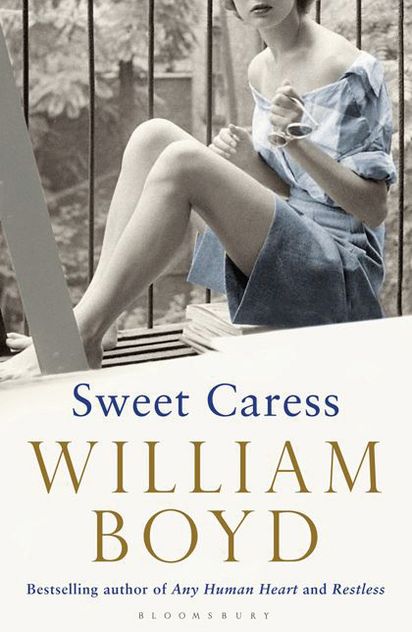
When Amory Clay is born, in 1908, a newspaper report describes her as “a son, Amory.” Her life goes on to be defined by errors, in the men she loves and the conflicts she goes through. Her father is shell-shocked during the First World War and ends up in an asylum. She becomes a photographer but her reportage of the Weimar Republic is too racy for interwar England, and later she is seduced into being a zealous follower of the Blackshirts. She retires, only to return to the frontline during the Vietnam War, though once again she does not escape unharmed.
William Boyd’s novel is structured around key periods in history, juxtaposing the elderly Clay’s quiet existence on a Scottish island with her memories. Along with its grand narrative, the book relies on found photographs—a technique pioneered by the German writer WG Sebald—to illuminate the protagonist’s life. There are blurry childhood shots, graphic wartime body shots and the odd picture of Amory herself. The photographic record is incomplete, as befits a story centred on missed opportunities.
Boyd’s storytelling is brisk, dancing between major historical events and Clay’s personal adventures with her numerous lovers. This can be thrilling but as the coincidences pile up it can seem a little too obvious. At the end, as an elderly Clay debates how she wishes to die, there is a depth of feeling some might feel is lacking in rest of the story.











